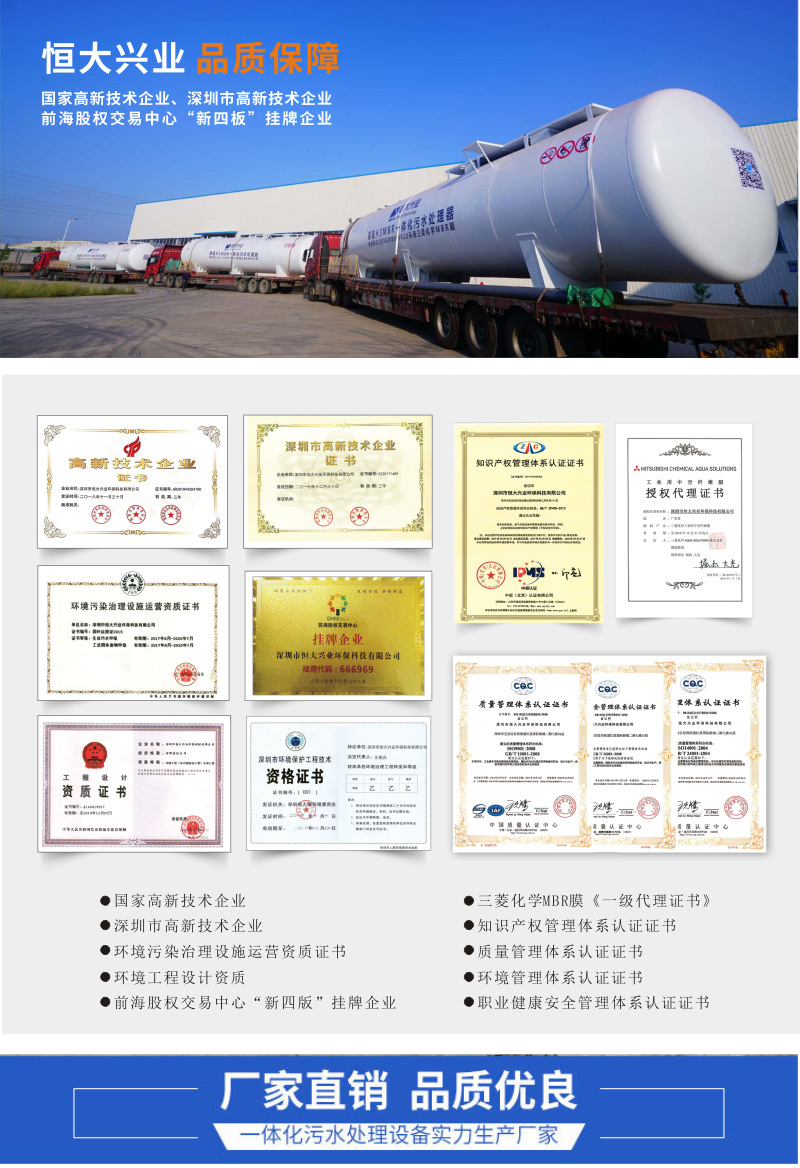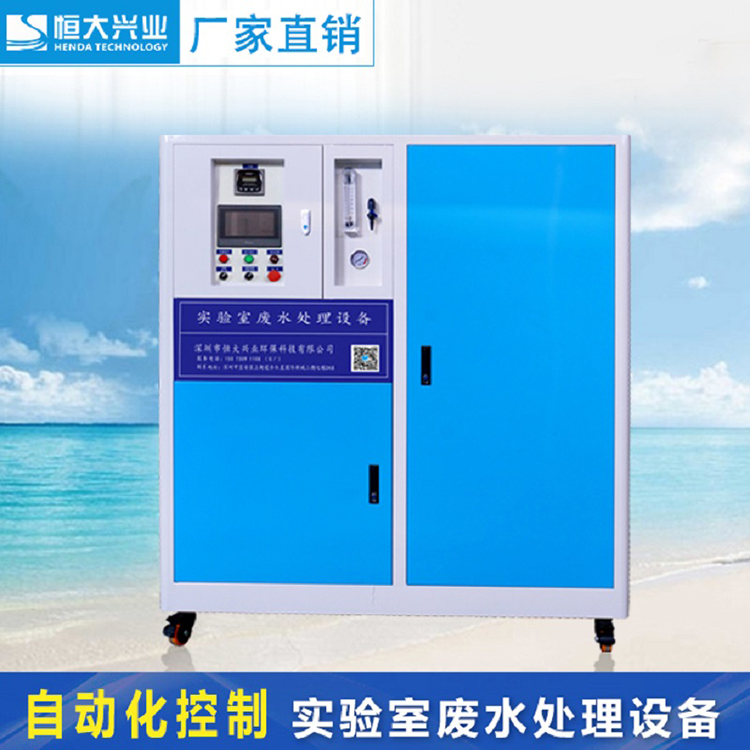Laboratory wastewater treatment equipment

1. Application Introduction
Laboratory wastewater treatment equipment is composed of wastewater classification and collection unit, wastewater conditioning unit, wastewater advanced treatment unit, sedimentation separation unit, physical treatment unit, biological treatment unit, wastewater comprehensive purification unit, etc. Through chemical pretreatment, advanced chemical treatment, inclined tube precipitation, multi-pass disinfection and sterilization, filtration and precipitation separation, high and low potential difference microelectrolysis technology, electrochemical redox technology, two-stage organic biofilm purification, organic wastewater new type packed bed light wave catalysis Treatment processes such as reaction technology, selective mass transfer of renewal fluid and molecular imprinting technology on the surface of mycelium comprehensively treat organic, inorganic, and biological wastewater generated in the laboratory, which can effectively remove COD, BOD, SS, and chroma in wastewater And heavy metal ions, etc., according to the composition of different experimental wastewater, different treatment technologies and control systems are used for wastewater treatment. The product has the advantages of advanced technology, high degree of automation, no need for special personnel, good treatment effect, small footprint, convenient operation and management, etc.
1. Scope of application
■ Institutions of higher learning: wastewater generated by laboratories such as the School of Life Sciences, the School of Chemical Engineering, the School of Materials, the School of Environment, the School of Food, the School of Medicine, the School of Agriculture
■ Research institutes: research institutes, research institutes, testing centers, inspection centers and other laboratory wastewater generated during the research process;
■ Center for Disease Control: Wastewater produced in laboratories such as physical and chemical testing, microbiology, PCR, P2, P3, P4, etc.;
■ Animal husbandry and veterinarian: wastewater produced in laboratories such as animal epidemic prevention and pathogenic microorganisms;
■ Drug inspection: waste water generated in laboratories such as chemical room, drug room, etc.
■ Central blood station: waste water produced by testing laboratories, central laboratories, quality control rooms and other laboratories;
■ Product quality inspection: wastewater generated in laboratories such as food analysis rooms;
■ Environmental monitoring: wastewater generated in the water analysis room, trace analysis room and other laboratories;
■ Agricultural Technology Center: Wastewater generated in laboratories such as chemical room and drug residue room;
■ Hospital physical examination center: waste water generated in laboratories such as physical and chemical rooms, inspection rooms, etc.;
■ Inspection and Quarantine Bureau: Wastewater generated in laboratories such as health centers, technology centers, etc.;
■ Biopharmaceuticals: wastewater generated by physical and chemical analysis, quality inspection rooms, laboratories, etc.;
■ Oilfield petrochemical: wastewater produced by central laboratories such as oil extraction plants, oil refineries, and environmental monitoring stations;
■ Enterprise: Wastewater generated in laboratories such as central laboratories, quality inspection rooms, and laboratories.

Laboratory sewage treatment equipment is based on the principle of multi-level ecological purification and nutrient cascade utilization. It integrates unit technologies such as hydrolysis and acidification, aquatic plant insulation and soilless cultivation, biological contact oxidation, plankton purification and constructed wetland technology, and is based on the ecological chain relationship. Sequentially, let the unit technologies of the five key links do their best, gradually degrade the pollutants in the wastewater into organic nutrients for heterotrophic microorganisms, and fully convert them into microorganisms, carbon dioxide and water in accordance with the relationship between the food chain, and finally achieve effective purification .
The effluent from the biological contact oxidation tank enters the sedimentation tank, and the suspended substances in the water are collected in the mud bucket area at the bottom of the tank under the action of physical sedimentation, and then are pumped by the sludge pump to the sludge drying tank to be dried, and then transported to the waste treatment station or through the waste treatment station. After the harmful chemical treatment, the effluent enters the ecological filter tank, and through the absorption and utilization of obligate microorganisms, the residual pollutants in the sewage are deeply reprocessed, and the NH 3 -N, P, SS, and color in the wastewater are further removed. The plankton is used to digest the sludge, and the amount of sludge produced is small, which solves the problems of siltation and trouble cleaning that are common in conventional constructed wetlands, and the system is not easy to be blocked.
![[nav:name]](/en/static/upload/image/20210731/1627700070576564.jpg)

